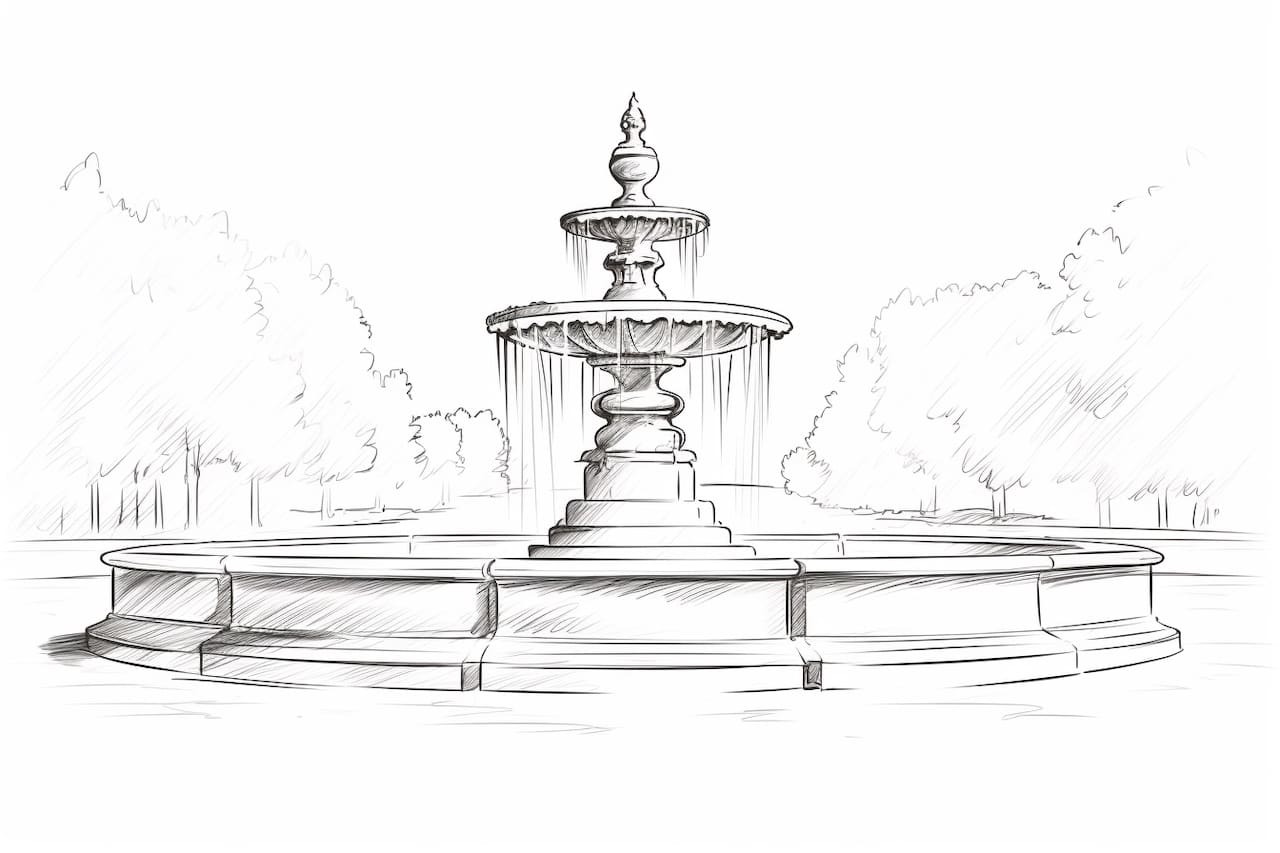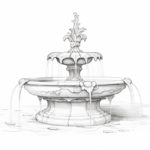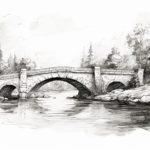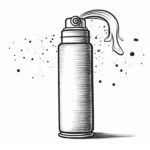Are you eager to learn how to draw a fountain? Whether you enjoy sketching landscapes or architectural structures, drawing a fountain can add depth and interest to your artwork. In this step-by-step guide, I will show you how to capture the elegance of a fountain on paper. So grab your drawing supplies and let’s get started!
Materials Required
To begin drawing a fountain, gather the following materials:
- Drawing paper: Choose a medium-weight paper that is suitable for the drawing medium you prefer.
- Pencils: You will need a range of pencils, such as HB, 2B, and 4B, to achieve the desired shading and detailing.
- Eraser: An eraser will come in handy for corrections and highlights.
- Ruler: A ruler will help you create straight lines and maintain a sense of proportion.
- Fine-tip markers: These are optional but can be helpful for outlining and adding final touches to your drawing.
- Reference image: Find a photograph or picture of a fountain to use as a reference. This will assist you in understanding the shape and details of a fountain.
Keep these materials within reach as we go through the step-by-step process of drawing a fountain.
Step 1: Sketch the Basic Structure
Start by lightly sketching the basic structure of the fountain using a pencil and your reference image. Begin with simple geometric shapes to establish the foundation. Pay attention to the proportions and angles of the fountain to ensure accuracy in your drawing. Remember, this initial sketch should be light and easy to modify later.
Step 2: Add Details to the Base
Focus on the base of the fountain. Look closely at the intricate details and ornamental designs. Use your pencil to draw these elements, layering light strokes to create depth and texture. Take your time and study the reference image to capture the essence of the base.
Step 3: Draw the Columns
Move on to drawing the columns of the fountain. Use your ruler to create straight lines and maintain symmetry. Add the necessary curves and contours to replicate the shape of the columns. Pay attention to the shadows and highlights that give depth to the structure.
Step 4: Bring Life to the Water
Now it’s time to depict the flowing water in the fountain. Observe the movement and patterns of water in your reference image. Use your pencil to lightly sketch these shapes, making sure to capture the sense of fluidity. Remember, the water should appear dynamic and realistic.
Step 5: Detail the Sculptures
Many fountains feature sculptures or carvings that add character. Focus on these details and sketch them accurately. Take note of the proportions and contours of the sculptures, paying attention to the shadows that define their form. Use your reference image as a guide to ensure accuracy.
Step 6: Shade and Add Texture
To give your drawing depth and realism, focus on shading and adding texture. Use a range of pencils to achieve different values of darkness. Start with light shading and gradually build up to darker tones. Pay attention to the light source in your reference image to create realistic shadows and highlights.
Step 7: Refine and Clean Up
Once you have completed shading and adding texture, take a step back and assess your drawing. Make any necessary adjustments to proportions, shapes, or details. Use an eraser to remove any unwanted pencil marks or smudges. Take your time to refine the drawing until you are satisfied with the overall result.
Step 8: Outline with a Fine-Tip Marker (Optional)
If you want to add emphasis and a more defined look to your drawing, you can outline it using a fine-tip marker. This step is optional but can enhance the appearance of your artwork. Be careful and steady while outlining to maintain the integrity of your drawing.
Conclusion
Congratulations! You have successfully learned how to draw a beautiful fountain. By following these step-by-step instructions and using your observation skills, you can create stunning artwork that captures the grace and elegance of a fountain. Remember to practice regularly to improve your drawing skills and experiment with different styles and techniques. So grab your drawing supplies, find a peaceful spot, and let your creativity flow like the water in a fountain.









